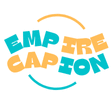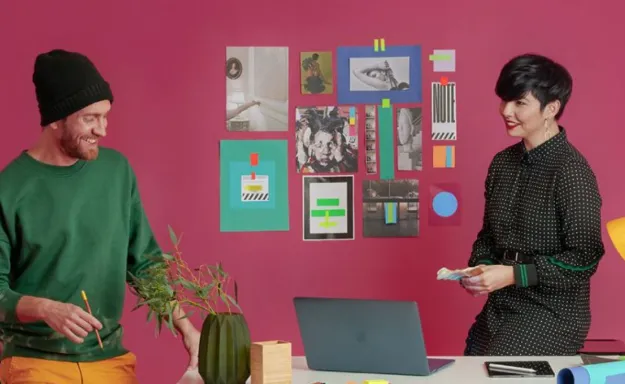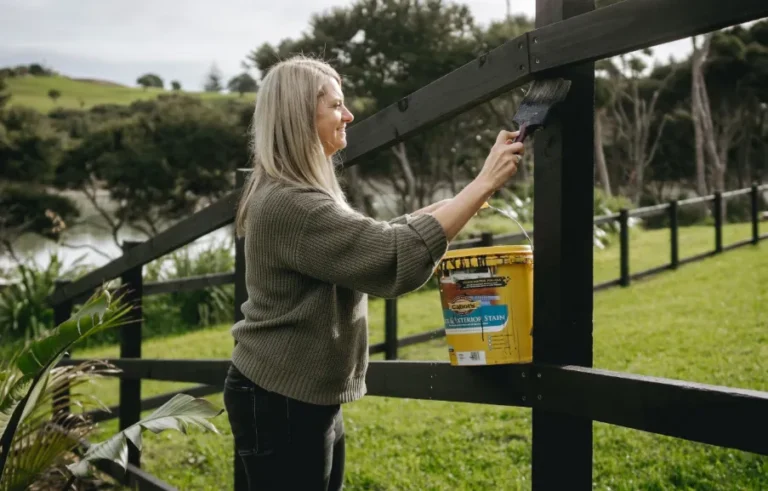Branding Strategies for Freelance Captioners: Stand Out in a Competitive Market
In freelancing, especially for captioners, being noticed is everything. When you are competing with professionals from all over the world, being “good at your job” is not really enough. Your branding—how people know and remember you—can be the deal-breaker. Whether you are new or have been captioning for some time, a smart, consistent branding strategy can help you get more clients, build trust, and grow your business.
Let’s run through some down-to-earth, real-life strategies freelance captioners can use to create a standout brand—without breaking the bank. These ideas are realistic, actionable, and intended to make you feel confident about getting yourself out there.
Know Your Unique Value
You need to know what you bring to the table that nobody else does before you can market yourself to other people. What sets you apart?
Maybe you have a background in legal transcription, making you an excellent fit for law-related captioning jobs. Perhaps you’re bilingual or exceptionally fast with high accuracy. Or maybe your superpower is your warm, client-focused communication style.
Take some time to reflect and write down your strengths. Think about:
- Your experience
- Industries you’re comfortable captioning for
- Skills that set you apart (speed, accuracy, language, formatting)
- Feedback from past clients
Knowing your value will allow you to craft a concise message that resonates with your ideal clients.
Define Your Target Audience
Every successful brand knows who they’re talking to. As a freelance captioner, this means targeting a smaller group instead of trying to reach everybody.
Do you want to offer services to podcasters, YouTubers, corporations, or accessibility-focused organizations? Your branding should appeal to the specific needs, tone, and terminology of the target audience.
For example, if you’re selling to content creators on YouTube, you can be a little more casual and creative in tone. If you’re targeting law firms, you’ll require a professional, demanding tone. Shaping your branding to your audience makes them feel like you get them—and that’s powerful.
Develop a Professional Online Presence
These days, your first impression is likely to happen online. Having a clean, easy-to-navigate website or portfolio goes a long way to establishing trust.
At the very least, make sure you have:
- A simple website with an “About Me,” services list, contact form, and sample work
- A LinkedIn profile showcasing your experience and skills
- A portfolio with captioning samples (you can blur names or use demo videos for privacy)
Be consistent. Use the same colors, logo (if you have one), and professional photo on all of your sites. This makes you more memorable and makes you appear more professional.
And, yes, it’s still worthwhile to print business cards, especially if you’re attending industry events or networking face-to-face. A simple, tastefully designed card with your contact details and a brief list of services can make you memorable in a sea of freelancers. It’s an old-school method that still works if you’re in the right context.
Develop a Clear Brand Voice
Your brand voice is the way you “sound” when you write—emails, bios, social media, and even your proposals. Are you chatty and friendly? Concise and professional? Humorous?
Select a tone that feels natural to you but also resonates with your audience. Then, be consistent.
Here’s a simple method for beginning to define your brand voice:
- Select 3-4 adjectives that describe your style (e.g., friendly, reliable, detail-oriented, approachable).
- Review your content and make sure it reflects those traits.
- Reword any phrasing that sounds off-character or too generic.
For instance, if you want to come across as friendly and nurturing, avoid phrasing that is too stiff or robotic in your emails. Instead of “Please notify us if you require additional assistance,” say, “Let me know if there’s anything else you need!”
Use Storytelling to Humanize Your Brand
Individuals relate to individuals—not impersonal services. Share your story to establish trust.
You needn’t sound like you have opened your diary, but adding why you are a captioner and what you enjoy about the work or a lesson you gained from a previous project really does make individuals connect with you.
If you’re on platforms like LinkedIn or Instagram, use stories to talk about your day-to-day work, challenges, wins, and tips. These kinds of posts often perform better than overly promotional ones because they feel genuine.
Remember: vulnerability, when done right, is a branding strength.
Ask for Reviews and Referrals
Social proof is a strong branding strategy. After finishing a job, nicely request clients for a testimonial. A line or two will do. If they’re satisfied with your work, they’ll typically be happy to oblige.
You can put these quotes on your website, LinkedIn profile, or proposal documents. In the long run, accumulating a portfolio of good reviews aids in developing trust for new clients sooner.
And don’t forget referrals. Let your old clients know you are available for new work and that you appreciate any introduction you can get. Word of mouth is still the best kind of marketing.
Consistently Visible
You don’t build a brand and then disappear. Visibility keeps your name in front of people.
This does not ask you to post daily or burn yourself out on social media. Instead, pick one or two channels you enjoy—like LinkedIn or a captioning-focused Facebook group—and stay present there.
Some ideas for staying visible:
- Share news or tips from the industry
- Comment on interesting posts
- Write short blogs or LinkedIn articles
- Share before-and-after videos of captioned videos (with permission)
These small but steady efforts work to solidify your brand and keep you top of mind for a client when they’re in need of your help.
Invest in Tools That Solidify Your Brand
You don’t need cutting-edge equipment or a huge budget to build a strong brand. Yet some targeted investments can yield big returns:
- Professional headshots: A crisp, friendly photo can add credibility.
- Branding assets: It is easy to create a logo, color palette, and templates using Canva.
- Portfolio samples: Show the quality of your work with captioned short-length videos.
- Email signature: Add a branded signature with your name, title, and website or portfolio linked in a professional email for yourself.
Even smaller things, like getting back to emails, having clean formats in your proposals, or following up after a project, constitute parts of how people view your brand.
Conclusion: Be the Captioner They Remember
Among a sea of freelancers, branding is what sets you apart from the noise. It’s more than logos or colors—it’s the experience you provide, the way you speak, and the trust you build.
Whether you’re networking in person and hand someone a nicely printed business card, or you’re networking online with a professional portfolio and consistent voice, every touch point is a chance to reinforce your brand.
The good news? You don’t need to be flashy or years of experience to create a stand-out brand. Be clear, consistent, and authentic. Claim what’s distinctive about you, speak directly to the people you want to help, and do good work with heart.
That’s a brand that people remember—and refer.







